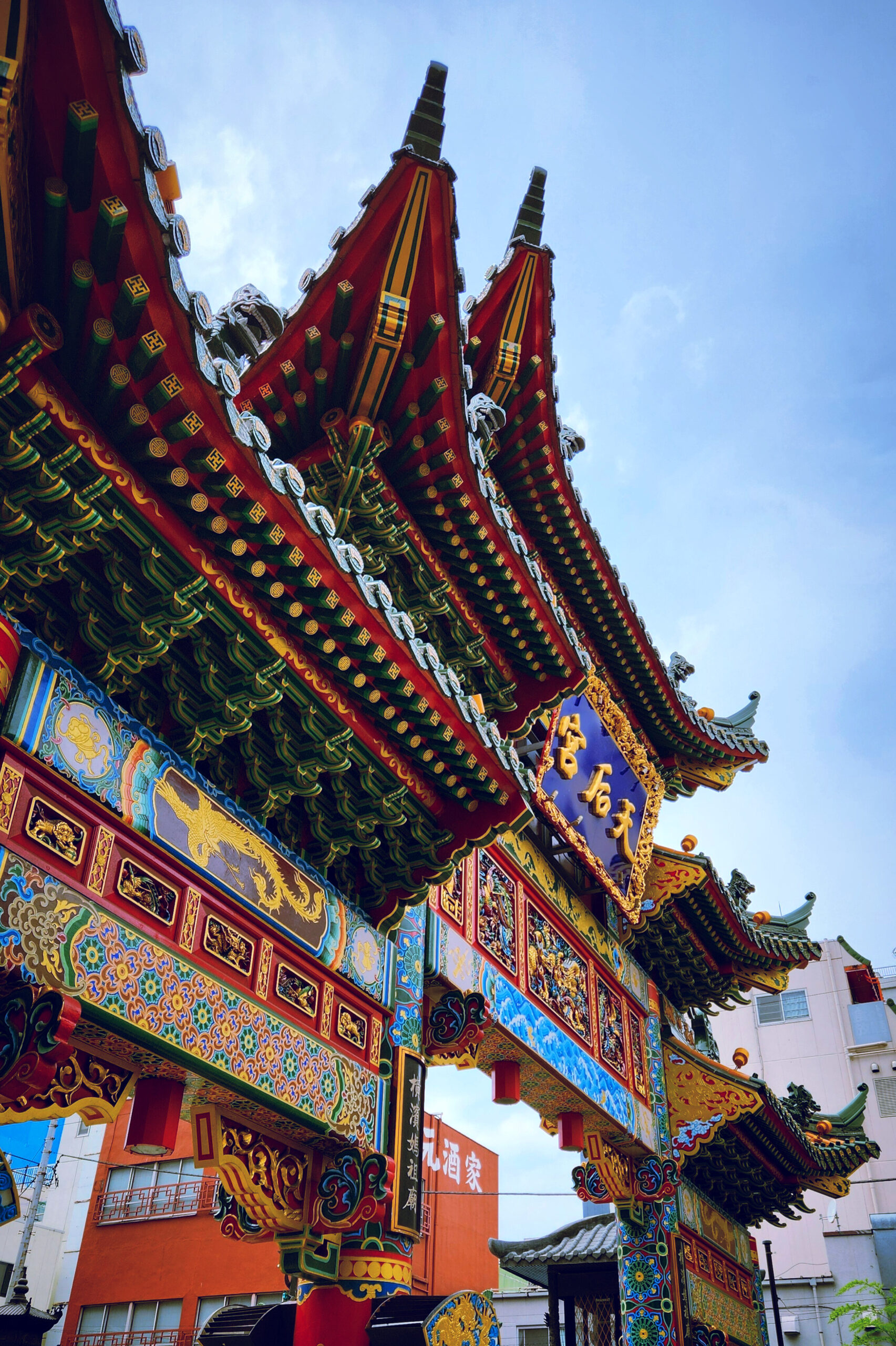Yesterday I visited another port town, Yokohama. I had been there before, specifically Chinatown for dinner. I had not seen this city in the daylight, and it did not disappoint. We met one of my old friends there, who happened to also be in Tokyo at the same time. We took a cable car from the station to the edge of the port and visited a big red brick warehouse. The smell of the sea, and the familiar waves of the water was a welcome site for me. It felt like it had been so long since I’d been by the coast. I took a good look out into the horizon and a deep breath in, whenever I look out to the sea I think of my Dad. He joined the military at a young age, and became a police officer in the navy. He always talked about the sea, even though he rarely went to the coast in Australia. I suppose he spent his late twenties moving around a lot, just like I have.
I feel that the sea holds something important for me, it comforts me when I feel lost. I turn to Rainer Maria Rilke to help me express myself: When anxious, uneasy and bad thoughts come, I go to the sea, and the sea drowns them out with its great wide sounds, cleanses me with its noise, and imposes a rhythm upon everything in me that is bewildered and confused. Slowly, from the confusion of the day before, the sea seeps deep into my mind through my ears and washes me clean. It’s truly a mystery, a beast that moves in a different way. And although I don’t understand it, I always like when it is within reach. Perhaps when I finish my life of intense travel, the sea will always provide me with the feeling of being lost in a wide expanse that I so love.
But we needed to move on… we finally explored Motomachi shopping street, a European inspired street where we had lunch. And we also walked through Chinatown. As we walked through the main street, it was quite evident how different the Japanese and Chinese cultures are. The streets of Chinatown were painted with red, gold, and other bright colours. Ornate statues, strings of lanterns and big, decorative gates flanked each end. Compared to the sober, neutral colours of Japanese architecture, this area was lively and energetic. Less calm, and much more loud. It was impressive in its own way, especially when we arrived at Ma Zu Miao, Taoist temple, just beside the main street. My friend, who is from Taiwan, started to explain a little to me about Taoism and the importance of Ma Zu, a goddess of the sea. She is also very important in Taiwan, another island country. A country that is very important to me. I came to realise that the sea is an influential force for such countries, and so it made sense that there was a big and glorious temple dedicated to her in Yokohama.
Chinese temples are not shy, they dance in public, intricate and detailed. Red, blue, yellow, gold, green… all bold colours swaying together in a complicated and beautiful way. The entrance gate in itself is impressive enough… four beams planted in the ground, forming three large thoroughfares. Three winged roofs, tiled in olive green, a dragon sitting at each corner. Everywhere you looked, there was a carving, or a decoration… how many human hands had contributed to this masterpiece, I didn’t know. Underneath each roof was a board displaying beautiful carvings and paintings, mostly of dragons as I could make out. At the centre, a board of royal blue displaying golden Chinese characters. We walked through the right passageway, and inside we saw the octagonal temple, rich with detail and colour just like its gate. The stairs leading up to the entrance of the temple were also painted with designs in light blue, the railings a bright marble white. Long red flags were slotted into the railing, symbolising a donation from all the people who had received fortune as a result of praying to Ma Zu.
It was a strong statement, not only to the strength of the sea but also to its mystique. As the sea flows, many good things flow with it. Money from trade, goods from the ships of other countries, the introduction and exchange of culture and language. It’s a melting pot of ideas, cities by the sea, and a place where both diversity and tradition meet face to face. It reminds me of another reason why I like cities like Yokohama: I remember that it’s okay to just let some things go. My parents had travelled to a Australia before they had me, a place very different from their home, leaving their familiar and traditional life behind them… so tradition has always been something that I’ve longed for. It seems to have been absent in my life, and I had always thought this to be a fault, but with time I have realised that it is a strength.
The world changes, it always moves, and it is good to pluck your traditions up from the ground sometimes and move with it. If we stay too firmly rooted, we lose touch with the essence of tradition: the things which tradition sought. The old ways become just a bunch of words and rules that need to be followed, and we forget the reason why they were there in the first place. In places like Yokohama, which is known for its cultural fusion between east and west, I see that there is a place for open-mindedness, for relaxation and bending of the rules and for blending ideas together. Very different cultures can co-exist together because we may have different ways of living, but at the heart of it all we want the same thing: love, safety and the space to be creative expressions of ourselves.

Leave a Reply